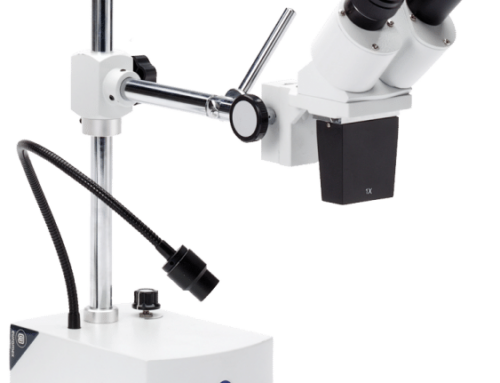Time has not stood still in fire-fighting. We have been faced with many major fires in the last few years. There were forest fires in Sichuan province, China, there was the devastating fire in Notre Dame cathedral, Paris, and there were huge fires in California and Australia. Every day firefighters are risking their lives to save others. They can lose their lives in a blaze but also as a result of toxic fumes. After the attack on the Twin Towers in New York, for instance, 434 firefighters lost their lives while fighting the fires, and in the years that followed another 173 lost their lives as a result of the rescue operations. Currently, the worldwide market for fire safety equipment is worth almost €40 billion, and the trend in the market is up.
In the technical interconnect industry products are being developed to make the fire brigade’s work safer. This could be seen during the fire-fighting at Notre Dame, Paris, where a number of technical products were deployed, one of them being the Colossus robot. This is a small-size tank that is watertight and fire-resistant. It has been specially designed to extinguish fires in dangerous and inaccessible places. At the same time the robot collects data that are passed on real-time to the crisis centre. The robot can also be used to carry materials and injured people. The other devices that were used then were drones. The images transmitted by the drones allowed fire-fighters to be more effective in combatting the fires.
There is still more in this field. A fire-proof autonomous sensor has been developed. Attached to the clothing of a fire-fighter, this sensor makes sure that this fire-fighter is monitored all the time. If the person stops moving at any point, a rescue team can be sent in immediately. This too makes the work a bit safer.
Mitsubishi Heavy Industry has been making a name for itself, when it comes to fire-fighting robots. They have developed two products: the water cannon and the hose extension robot. Both devices are kitted out with state-of-the-art GPS and laser technology and can get really close to a fire. Both robots are eminently suitable for use with fires in places that are extremely dangerous for people, as e.g. in petro-chemical plants. The hose extension robot searches for a source of water and connects its water hose to the water cannon robot. The water hose itself is made of extremely fire-proof material, and it can move a whopping 4000 litres of water per minute. Both robots will make a huge difference in fighting fires in hazardous circumstances.










